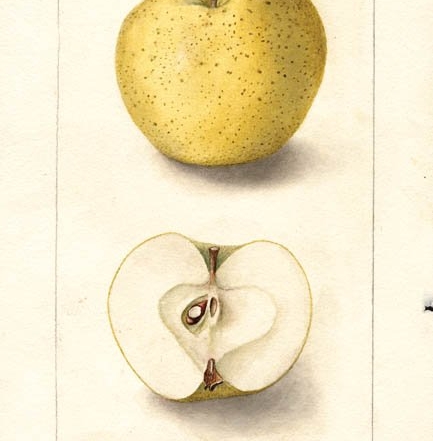Project Description
Sustainable & Organic Agriculture
Featured stories covering sustainable and organic agriculture appear in this issue.
Counting the benefits of biocontrol
A more expensive pesticide might be more economical if it lets natural enemies do their work.
Last Bite – A pear, by any other name
Left: D’Anjou grows well in the Pacific Northwest’s dry climate. Right: This photo was taken at the National Clonal Germplasm Repository in Corvallis, Oregon, where
Attracting beneficial insects
A sticky trap monitors beneficial insect abundance near flowering yarrow plants. After evaluating more than 40 flowering perennial plant species, Dr. David James found that
Combining wine tasting with nature
The upper slopes of Washington's Red Mountain come alive in the spring with flowers of lupine, phlox, and balsamroot. Washington State University entomologist Dr. David
Late grafting can be successful
Imperial Gala on Tatura Trellis were bark grafted in early October (spring) 2009. A severe wind and rainstorm in the summer damaged many grafts
Help needed for invasive stinkbug
Brown marmorated stinkbugs overwinter in protected areas, emerge in April in the mid-Atlantic area, and lay eggs from May through August. Entomologists in the mid-Atlantic
How big is the orchard footprint?
The galvanized wire used for trellises might contribute significantly to the environmental footprint of an orchard because of the large amount of energy used in
Knouse has wide reach
Knouse Foods is a large fruit-processing company with seven processing plants in three states and 1,500 employees packing apple sauce, apple juice, apple slices, apple
Cutting costs of IPM
Vince Jones at Washington State University is testing the new Z-Trap, which zaps insects and records when they were trapped. It might be possible to
Fruit processor harnesses solar power
This 19-acre solar power system at Knouse Foods will generate 4 million kilowatt-hours of electricity each year. The 14,000 230-watt polycrystalline solar panels face south
Measuring the organic footprint
Tilling the soil releases carbon into the atmosphere, but does the compost that organic growers apply compensate for that? Emissions of nitrous oxide from on-farm
Honeycrisp challenges club concept
The name Ambrosia reflects the aromatic flavor of the apple. Courtesy Sally & Wilfrid Mennell Honeycrisp has set the standard for new varieties to follow
Prepare for future technology
Orchard structure will be a critical factor in the success of the tree fruit industry of the future because orchards will need to be compatible
Old Southern apples star in book
Disharoon, an old, north Georgia apple thought to have been cultivated by native Americans, came to Lee Calhoun’s orchard in 1998. The apples in Lee
Promoting tart cherries on a tiny budget
The tart cherry industry is in year four of an advertising and promotion campaign developed by the Chicago advertising agency Weber Shandwick and its team
Effective, economical weed control
The Wonder Weeder and similar tools deliver orchard weed control at less cost than chemical controls. The Holy Grail that organic apple growers are looking
Good Point – Save “Lassie”
In late March, Elizabeth Taylor died at age 79 after a long career in front of wedding cakes and movie cameras. Her first major Hollywood
Growers gain UFO experience
Workers at Orchard View Farms tie cherry trees to the wire for training to the new Upright Fruiting Offshoots system. Growers working with the new
The art of tart
Six MBA students say a single-strength tart cherry juice produced and marketed by a grower cooperative could be a marketplace winner. What the tart cherry
What growers have learned
Bull suckers are already becoming obvious in this block of cherries on the Upright Fruiting Offshoots system that was planted a year ago at Orchard
Beauty with benefits
David James Restoring native sagebrush steppe habitat in and near vineyards and wineries in central Washington could attract more than just beneficial insects to the

















